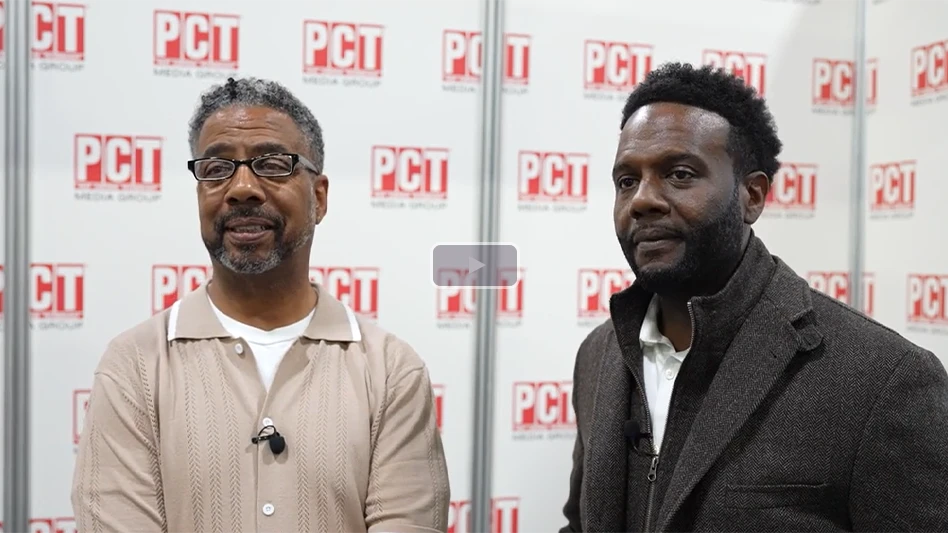I’m not a big follower of the Dilbert cartoon strip, but one of my favorite workplace cartoons pictures Wally asking the boss, "When will my raise be effective?" The boss answers, "The same time you are." Poor Wally. Maybe he just doesn’t understand his job duties. How can he be expected to be effective if he doesn’t understand his job? He can’t! How can he get a grip on his job duties? You guessed it — a job description!
Accurate and detailed job descriptions are a vital part of an organization’s HR infrastructure and they become increasingly important as organizations grow. As a company develops, roles become refined, duties are more defined and the organization obtains a better idea of the background skills, abilities and experiences necessary for success in the position. This all should be captured in the job description.
WHY A JOB DESCRIPTION IS NEEDED. In today’s litigious environment, job descriptions are vital in positioning a company’s response to a variety of legal claims, including, work-related injuries, discrimination allegations and exemption classification challenges. Comprehensive and well-worded job descriptions can impact revenues and decision-making in a number of areas, such as:
Americans With Disabilities (ADA) Compliance. The Americans With Disabilities Act (enforced by the Equal Employment Opportunity Commission [EEOC] and covering businesses with 15 or more employees) protects qualified individuals with disabilities who can perform the essential job functions with or without a reasonable accommodation. Job descriptions that accurately outline the essential job functions, specific qualifications, and physical and mental requirements for the position help management make proper and legally defensible decisions related to a candidate’s qualification for a position, his or her ability to perform essential job functions and the potential for making reasonable accommodations.
Department of Labor (DOL) and EEOC Compliance. Job descriptions that accurately reflect and define the exempt nature of a position can help a company meet DOL’s burden of proof pertaining to overtime provisions. Additionally, job descriptions can help defend the com-pany’s position related to hiring the most qualified candidate, equal pay or other discrimination allegations related to promotions, transfers and terminations.
Medical Leaves, FMLA, Safety and Workers’ Compensation. Any time an employee is injured on the job, requests a medical leave or encounters a medical condition that could impact job duties, the job description can be used by the physician to help determine any limitations or work-related restrictions. Often, these decisions are made based on a conversation between the employee and the physician, with little or no input from the company. The employee may understate or overstate physical and mental demands, leading to inaccurate work releases that either prolong the claim or condition or result in re-injury. Job descriptions that correctly identify physical and mental requirements reduce liabilities by eliminating the potential for erroneous assessments of work limitations.
Recruiting. Comprehensive job descriptions can be used to develop classified advertisements, flyers or recruiting bulletins by identifying the profile of a qualified candidate for a given position.
Hiring Talent. Detailed job descriptions that include the background, skills, abilities and experience required for the position help managers focus efforts and questions during the interview and can impact the quality of the hiring decision and the candidate selected.
Training and Development. Detailed job descriptions are excellent training tools to guide new employees by outlining the essential job functions and purpose of the position. They can also be used to evaluate performance, identify opportunities for improvement and refocus employees. Additionally, job descriptions can be used to enhance safety training and awareness.
Organizational Development. As the company grows and adds locations, detailed job descriptions can provide direction to hiring managers and are useful guides to assess productivity, efficiency, staffing levels and alternatives for reporting relationships.
AN EXAMPLE. Job descriptions should be accurately worded, legally compliant, detailed enough to provide a meaningful explanation of the duties and worded in a fashion that supports the organization’s culture, mission and philosophy. If you’re not certain what the duties are, don’t guess! Observe the job before you write the job description. Never commit to writing (especially on a company document) something that is not accurate. Remember, your documents can become "exhibits" in a case against you.
Job descriptions should include at least the following components: Position summary; background skills, abilities and qualifications; essential job duties; physical and mental demands (very specific); typical work environment; equipment used; reporting relationships; and a legal disclaimer pertaining to "employment at will" and stating that the job description is not all inclusive.
Writing job descriptions is time consuming and takes a fair amount of detail, writing ability and job knowledge. If you’re not comfortable producing job descriptions that will 1) support your business (legally and otherwise), 2) communicate effectively with your employees (or potential employees) and 3) promote your organization’s culture and business objectives, get some help. Otherwise, you could end up with a bunch of "Wallys."
The author is president of Seawright & Associates Inc. She can be contacted at 407-645-2433 or jpileggi@seawright.com.

Explore the January 2003 Issue
Check out more from this issue and find your next story to read.
Latest from Pest Control Technology
- Envu Announces Lichtenstein as Chairman of Board of Directors
- Spider Expertise, Cockroach Species, AI Tools for Disease Transmission Hot Topics at Purdue Conference
- Rose Pest Solution Promotes Kandler to District Manager of Columbus (OH) Office
- Webinar: Maximizing Cash Flow — Key Strategies for Business Growth
- WorkWave Announces Wavelytics
- Rising Rat Populations Linked to Warming Temperatures, Urban Growth, Study Finds
- How Might the 2024 Elections Impact PCOs
- Keeping Track of Termite Identification





